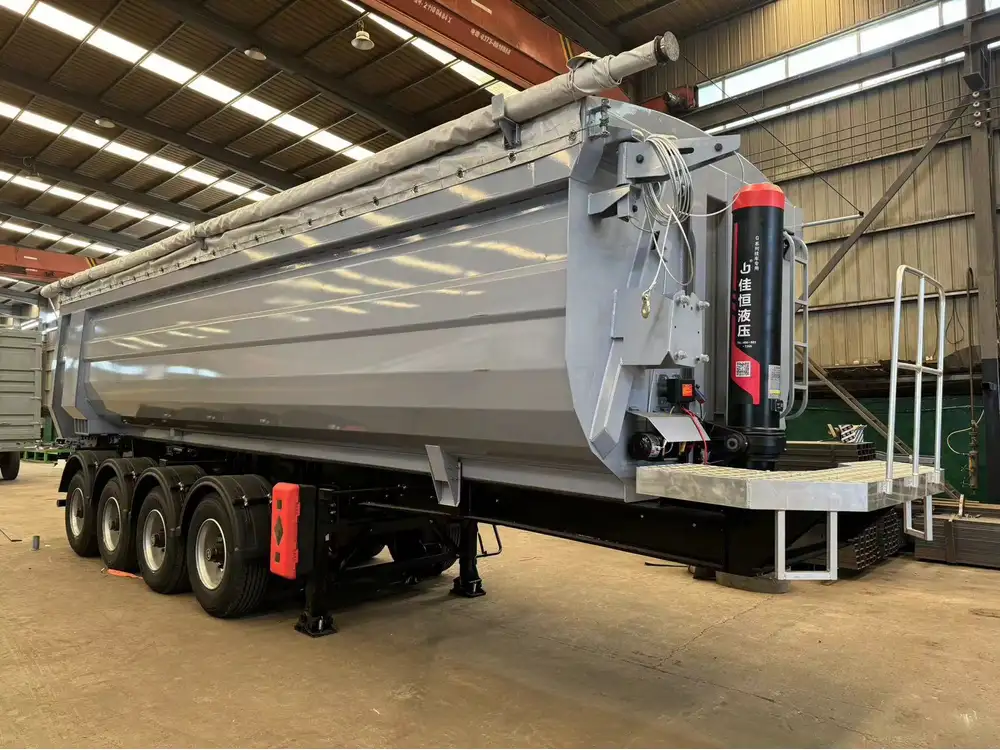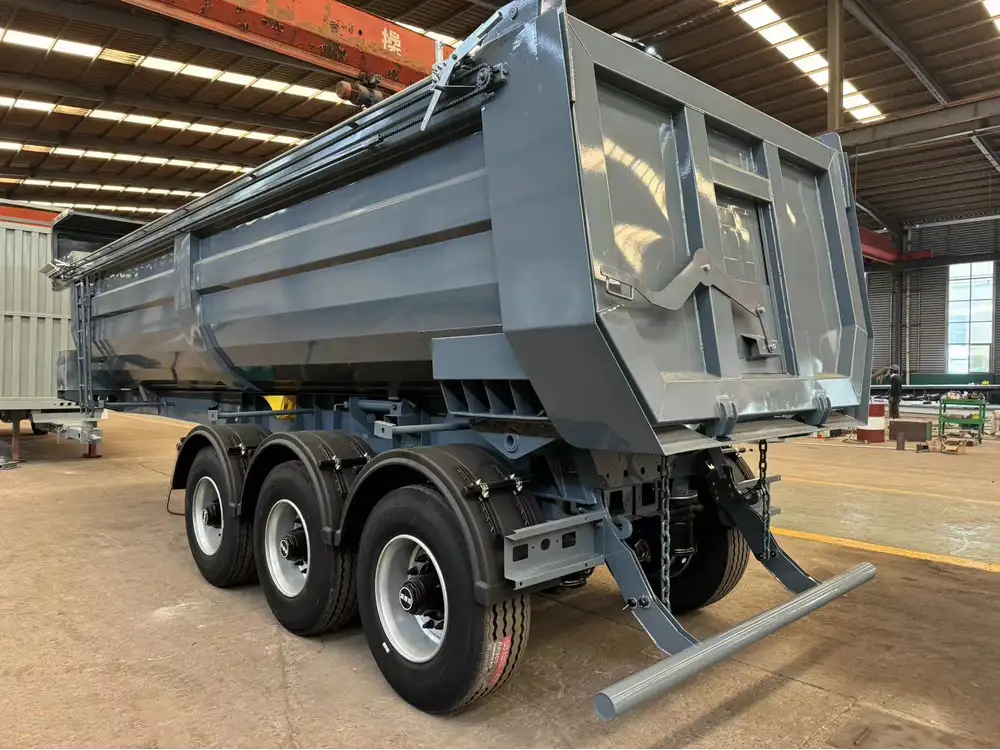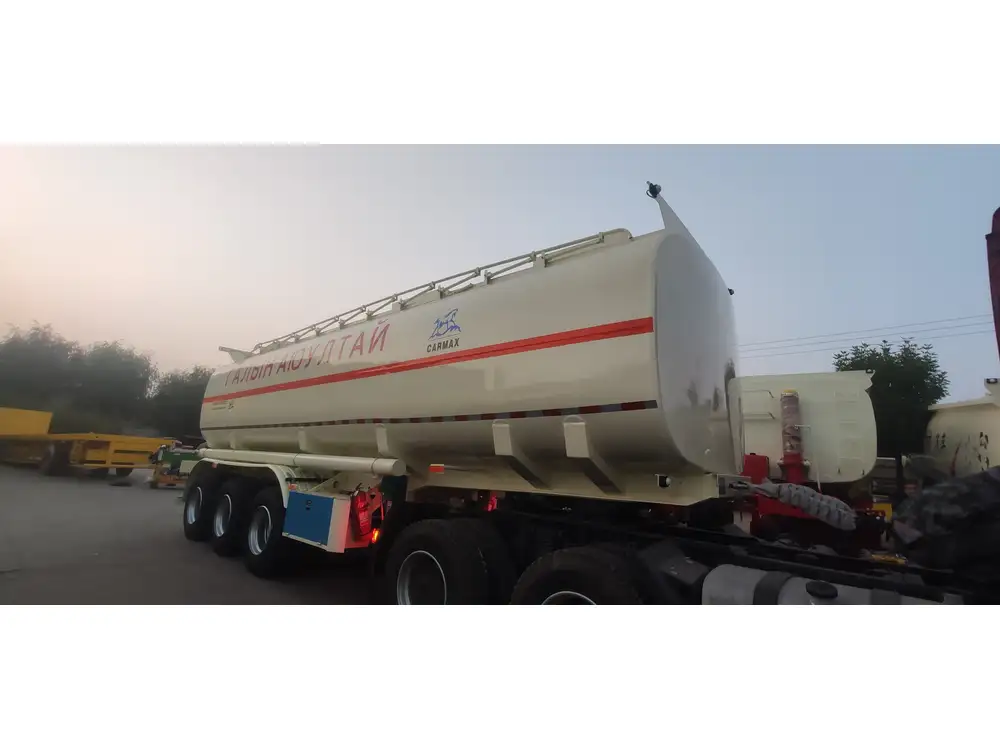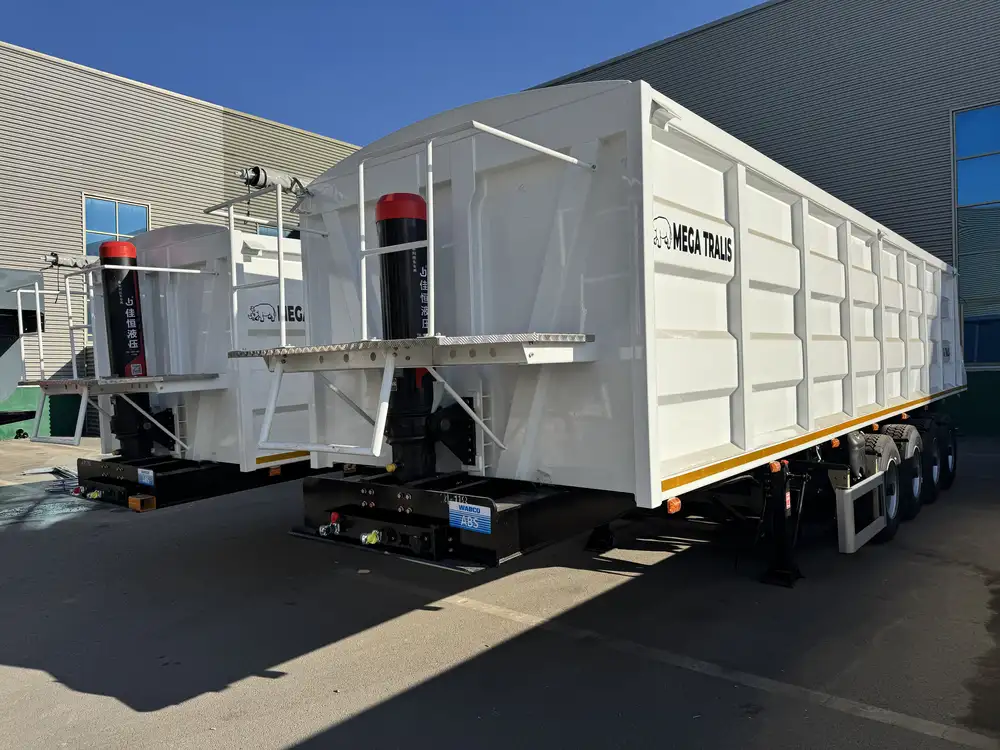Introduction to Semi Truck and Trailer Dimensions
When navigating the realm of transportation, understanding the dimensions of semi trucks and trailers is paramount for both logistics companies and drivers. Specifically, one key measurement that frequently piques interest is the height of a semi truck and trailer. This article delves into the complexities of these heights, offering insights not only into the implications of these dimensions but also providing vital information for compliance with legal regulations, optimizing loading procedures, and enhancing overall safety on the road.
Key Definitions: Semi Truck and Trailer Heights
Before delving into specifics, it is essential to clarify the components involved in determining the height of a semi truck and trailer.
- Semi Truck: Also known as a tractor, it is the front part of the combination vehicle that houses the engine and cab for the driver.
- Trailer: The cargo-carrying unit that is towed behind the semi truck, which can come in various types and sizes depending on the cargo being transported.
The combined height of these two units can fluctuate based on several factors, including design specifications, types of cargo being carried, and manufacturer.

Typical Height Specifications
| Vehicle Type | Average Height (feet) | Average Height (meters) |
|---|---|---|
| Semi Truck (Tractor) | 13.5 – 14.5 | 4.1 – 4.4 |
| Standard Trailer | 13.5 – 14.0 | 4.1 – 4.3 |
| Flatbed Trailer | 13.5 – 14.2 | 4.1 – 4.3 |
| Reefer Trailer | 13.6 – 14.4 | 4.1 – 4.4 |
Legal Regulations Governing Height
Understanding the legal restrictions on semi truck and trailer heights is critical for ensuring compliance and avoiding penalties. In the United States, federal regulations cap the total vehicle height at 13.5 feet (approximately 4.1 meters), applicable to the majority of states. Certain jurisdictions may impose stricter regulations or allow variations based on specific routes or regions.
State-Specific Roadway Restrictions
In addition to federal regulations, individual states have unique height restrictions that may require specific permits to transport oversized loads. For instance, states like:
- California: Typically limits vehicle heights to 14 feet unless otherwise specified.
- Texas: Allows a maximum height of 13.5 feet.
- Florida: Similarly adheres to the 13.5 feet limit under standard conditions.

Importance of Researching Local Regulations
Transport companies must conduct comprehensive research on local laws and available route restrictions to ensure compliance, especially when operating in multiple states. Failure to adhere to these regulations can lead to costly fines and potential damage to the vehicle and surrounding infrastructure.
Factors Influencing the Height of Semi Trucks and Trailers
Various factors can affect the height of a semi truck and trailer combination. These factors can vary based on regional preferences, specific truck types, and manufacturer specifications.
1. Truck Design and Configuration
The design of the truck and trailer can significantly impact height:
- Sleeper Cabs vs. Day Cabs: Sleeper cabs, used for long-haul purposes, tend to be taller due to their raised roofs, which can add several inches to the overall height.
- Types of Trailers: Some trailer types, such as reefer trailers, may be taller to accommodate refrigeration units, while flatbed trailers typically maintain a consistent height that corresponds closely to the standard truck height.

2. Load Type and Weight
The load that a truck carries can also influence its effective height:
- Containerized Freight: When containers are loaded onto flatbeds, they might exceed typical dimensions, necessitating height adjustments and route planning.
- Specialized Cargo: Oversized materials, such as construction equipment, may require custom solutions that impact the overall height of the transport unit.
3. Tire Size and Suspension Systems
Tire diameter and suspension design can affect the unloaded height of a truck and trailer. Larger tires, often used in off-road or specialty applications, can raise the vehicle’s height. Meanwhile, suspension systems designed to haul heavier cargo can sometimes lead to variations in height based on the load distribution.
Tips for Measuring Semi Truck and Trailer Height
Accurate height measurements are crucial for compliance and safety. Here are practical steps to measure semi truck and trailer height effectively:

A. Use Reliable Tools
Invest in high-quality measuring tools like laser measuring devices or sturdy tape measures that can extend beyond standard lengths.
B. Measure from Level Ground
Ensure the vehicle is parked on level ground to avoid discrepancies that can occur due to sloping terrains.
C. Consider Specialized Equipment
For larger vehicles or trailers, consider using a height gauge, which can provide precise measurements, especially for maximum height tests.

D. Account for Additional Attachments
If the truck is equipped with additional items such as racks, lift gates, or ladders, ensure to incorporate these into your overall height measurement.
Impact of Height on Operational Efficiency
Understanding the height of semi trucks and trailers plays a pivotal role in operational efficiency. Here are some key areas where height impacts trucking operations:
1. Bridge Clearances
Navigating routes requires awareness of bridge clearances, particularly in urban areas with older infrastructure. Transport companies must utilize route planning software that considers vehicle height to plot safe paths that avoid low-clearance structures.

2. Loading Dock Compatibility
Many loading docks have height restrictions. Understanding the full height of the truck and trailer enables logistics teams to ensure compatibility with service docks and loading areas.
3. Safety Considerations
Unexpected height miscalculations can lead to accidents, such as collisions with overhead structures. Stressing the importance of height awareness within driver training protocols can mitigate risks and enhance safety on the road.
Conclusion: Height Matters in the Transport Industry
In summary, understanding the height of a semi truck and trailer is not merely a trivial detail but an essential aspect of the trucking industry that impacts operations, safety, and compliance. Comprehensive awareness of federal and state regulations, knowing how to accurately measure heights, and recognizing how these dimensions influence logistics processes ensures that companies can conduct their operations smoothly and effectively.
By remaining informed and diligent in managing these parameters, logistics professionals can optimize their fleets while minimizing risks, ultimately contributing to a safer, more efficient transportation environment. Whether you are a newcomer to the industry or a seasoned veteran, keeping abreast of these specifications and regulatory requirements is critical to achieving success in a competitive field.



